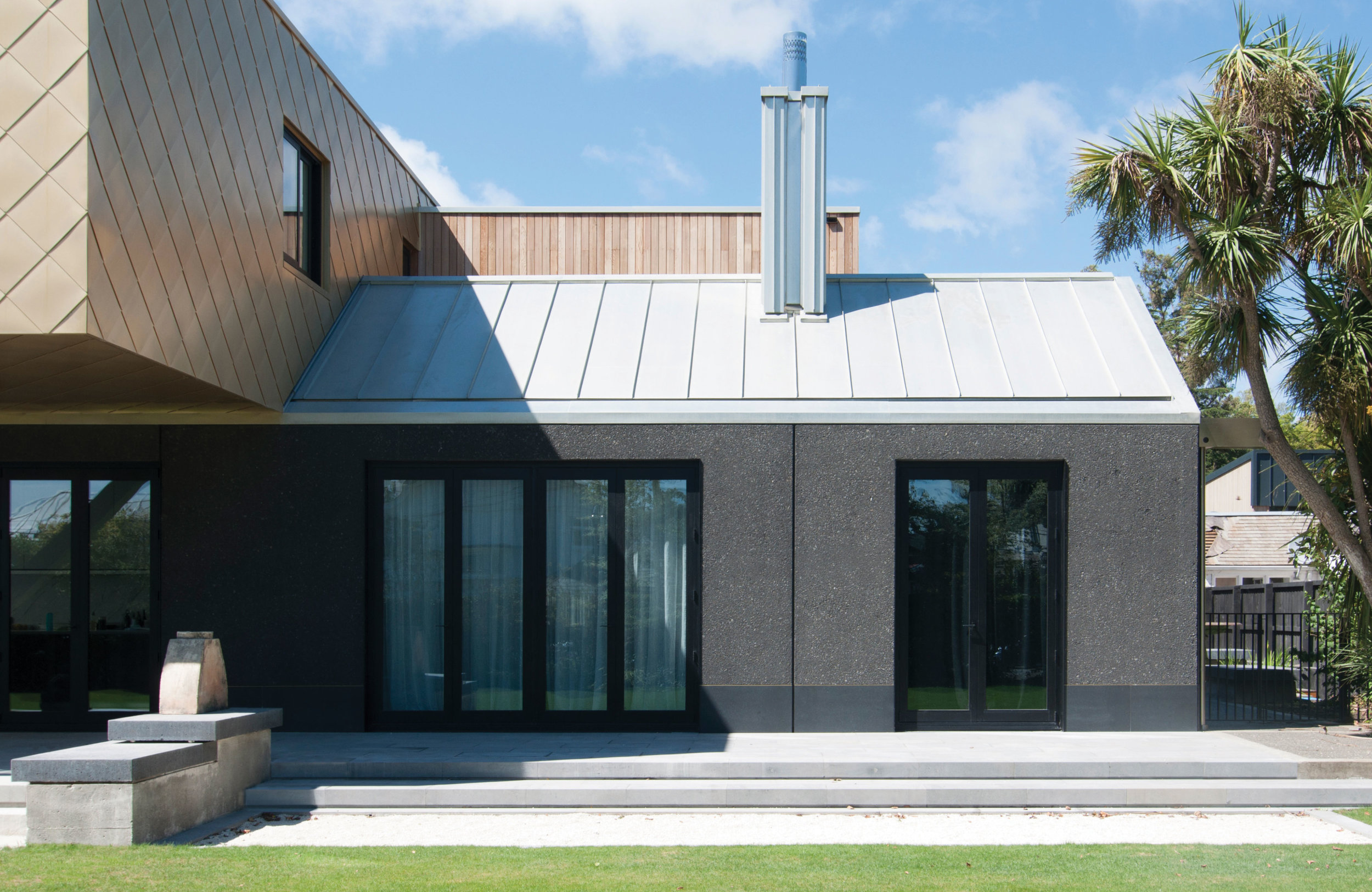Where there’s smoke
People have used various techniques to remove smoke from their homes for thousands of years, Abode’s architecture expert, Greg Young, muses on the endurance of the chimney as an architectural feature.
At a basic level, the purpose of a chimney is to remove gases and smoke from a room and humans have been doing this since we first learnt how to make fire. In its most simple form, the chimney was a hole at the top of a tepee. Or, take the Romans, always ahead of the game, using tubes inside the walls of bakeries to draw smoke out of the building from as early as a couple of thousand years ago.
These days, chimneys or methods of removing gas and smoke come in various forms. The taller the chimney, the further the toxic gases are released from the home – this was particularly important in the 19th century when many families burned coal to heat their homes. Taking the chimney or chimney pot away from the roof also means it discharges into undisturbed air, meaning the lack of turbulence doesn’t cause issues with getting rid of the smoke. Personally, I also consider a tall chimney much more elegant than a short stubby one, so the benefits are aesthetic as well as practical.
The physics of the chimney is versatile and can also be used to remove hot air from a building, for example, by positioning opening windows at the high points of the roof or above the stairs. This principle has been used for thousands of years in the Middle East for cooling, rather than in conjunction with heating.
Although there is less and less use of open fires these days, we still see the use of flues with the modern low emission wood and gas fires. Most often these are exposed metal pipes which are the same as the internal workings of the traditional chimney. While exposed flues could be described as a minimalist chimney in an architectural reference, different periods and types of architecture have used varied styles and embellishments on chimneys and chimney pots.
While the use of the chimney was widespread, the technology and design developed differently across cultures. In some parts of the world, you can read a city’s history through the different designs in chimney pots, showing a chronology of invasions and conquests.
Historically, some chimneys pots were beautifully decorated as an architectural expression of an owner’s wealth and social status. The more elaborate the designs, the more wealth the owner had to spend on the artistic display. The more chimneys in the home, the more fireplaces it had, and the more staff were required to light and maintain the fires. This signalling of wealth may well be still valid today. Although we only require a flue for the fires in our homes, a tall or elaborate chimney can be an expensive artistic expression.
Chimneys often give balance by providing a vertical element to a horizontal form and serving to anchor a building to its environment. As a key feature in a home, consideration needs to be given not just to the functionality of a chimney but the aesthetics as well.
03 384 7879 | young.co.nz








